Classic cars have a way of capturing our imagination, but they also come with plenty of myths that get passed around like they’re gospel. Whether it’s overhyped performance claims or misunderstood engineering, there’s a lot of misinformation out there that can make these cars seem larger than life—or unfairly criticized.
Some of these myths are rooted in clever marketing or outdated opinions, while others are just the result of stories being told and retold over the years. The truth? It’s usually a little more nuanced. Let’s set the record straight on a few of the most common misconceptions about classic cars—you might be surprised by what you learn.
The Lamborghini Countach Was Fast
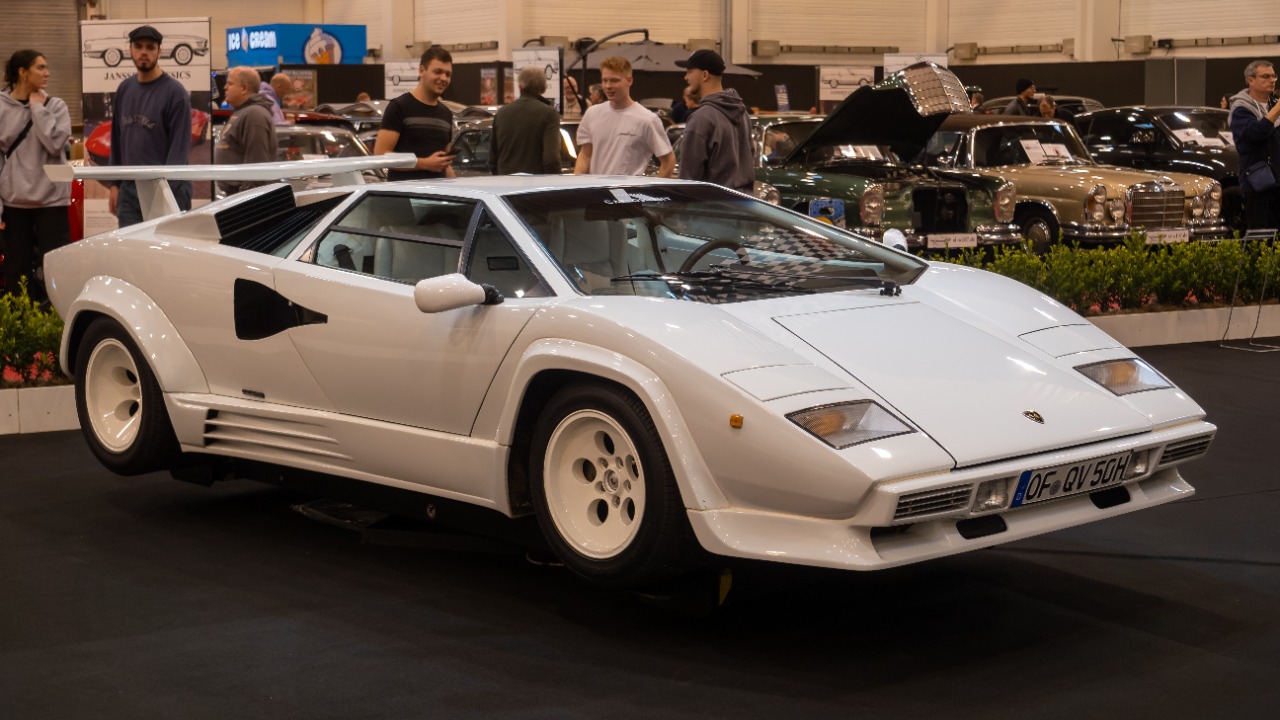
The Lamborghini Countach is often celebrated as one of the fastest cars of its time, but those top speed claims were more myth than reality. Lamborghini’s marketing hyped the car as a 190 mph beast, but early models rarely broke 170 mph on the road. It was a supercar, no doubt, but maybe not the record-setter some believed.
Adding the wide fender flares and optional “boomerang” spoiler didn’t help matters. These aerodynamic changes dropped the top speed to around 160 mph. It wasn’t until the Quattrovalvole version arrived in 1985 that the Countach truly started to flirt with higher speeds.
Muscle Cars Are Only Fast in a Straight Line
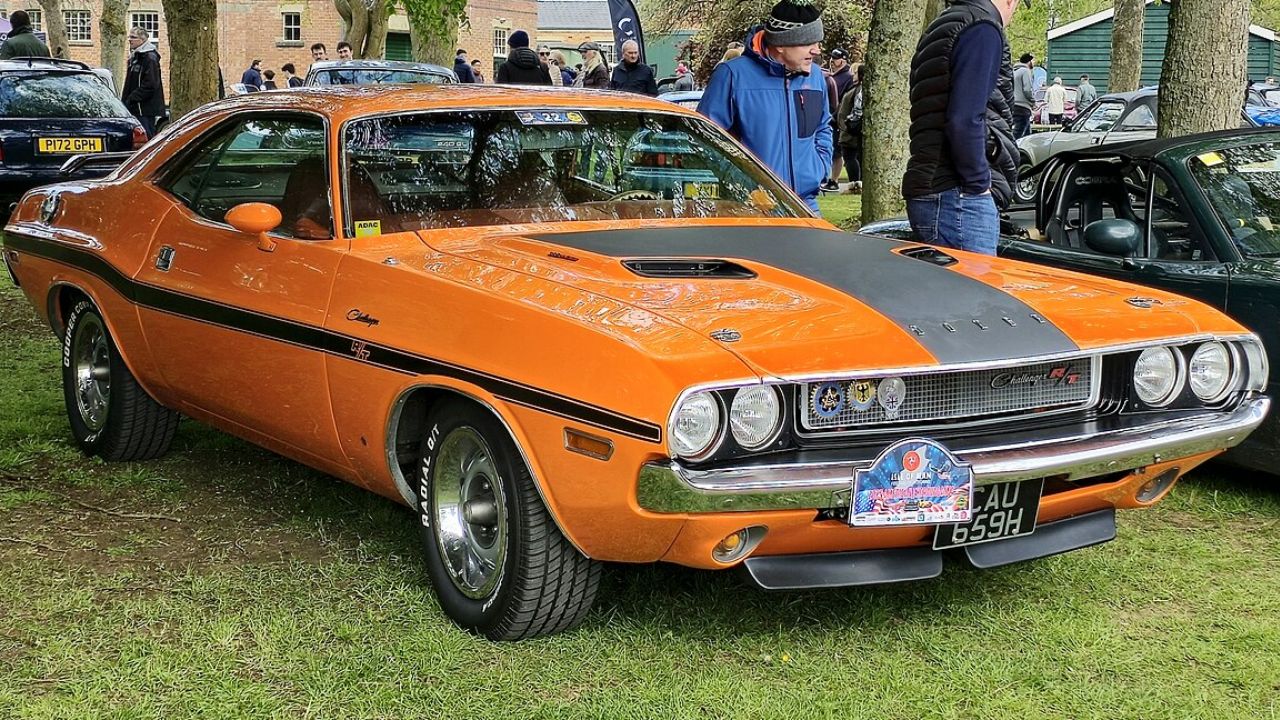
Muscle cars are famous for straight-line dominance, but the idea that they can’t handle curves is far from accurate. While most were built for raw acceleration, they weren’t entirely out of their depth on twisty tracks or oval circuits.
Cars like the Dodge Dart, Challenger R/T, and Pontiac Trans Am proved they could handle more than just drag races. They weren’t sports cars, but their suspension setups and balance allowed them to hold their own when the road threw a few corners into the mix. Muscle cars weren’t just for showing off at stoplights—they had some versatility too.
Muscle Car Power Died In The ’70s
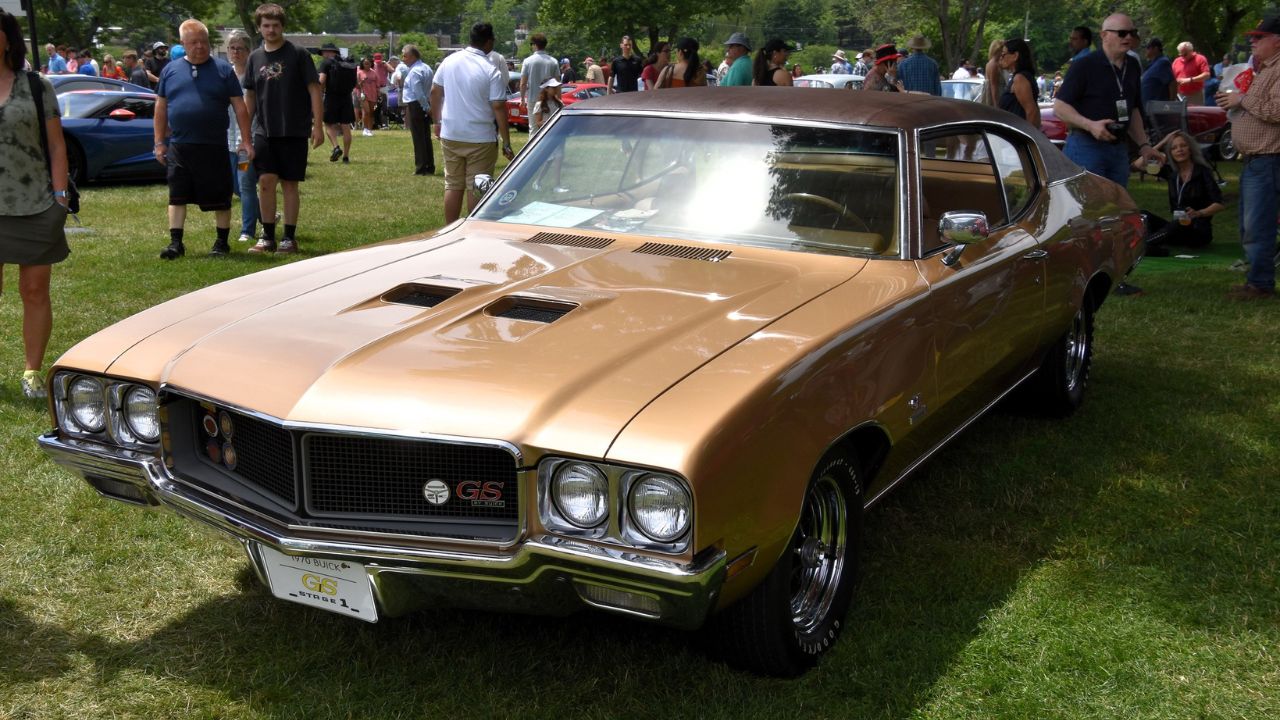
If you’ve heard that the muscle in muscle cars vanished in the 1970s, there’s more to the story. Sure, power figures dropped, but it wasn’t just because Detroit forgot how to build fast cars. Emissions regulations, unleaded fuel, and catalytic converters started to complicate things under the hood.
The bigger culprit, though, was how horsepower numbers were reported. In 1972, automakers switched from “gross” ratings, which were often inflated, to more realistic “net” ratings. For example, the Buick GS455 was rated at 315 bhp in 1971, but with the new system in 1972, that number became 250 bhp. The cars didn’t lose all their muscle—it just looked that way on paper.
The Ferrari ‘Daytona’ Was Never Officially Called That
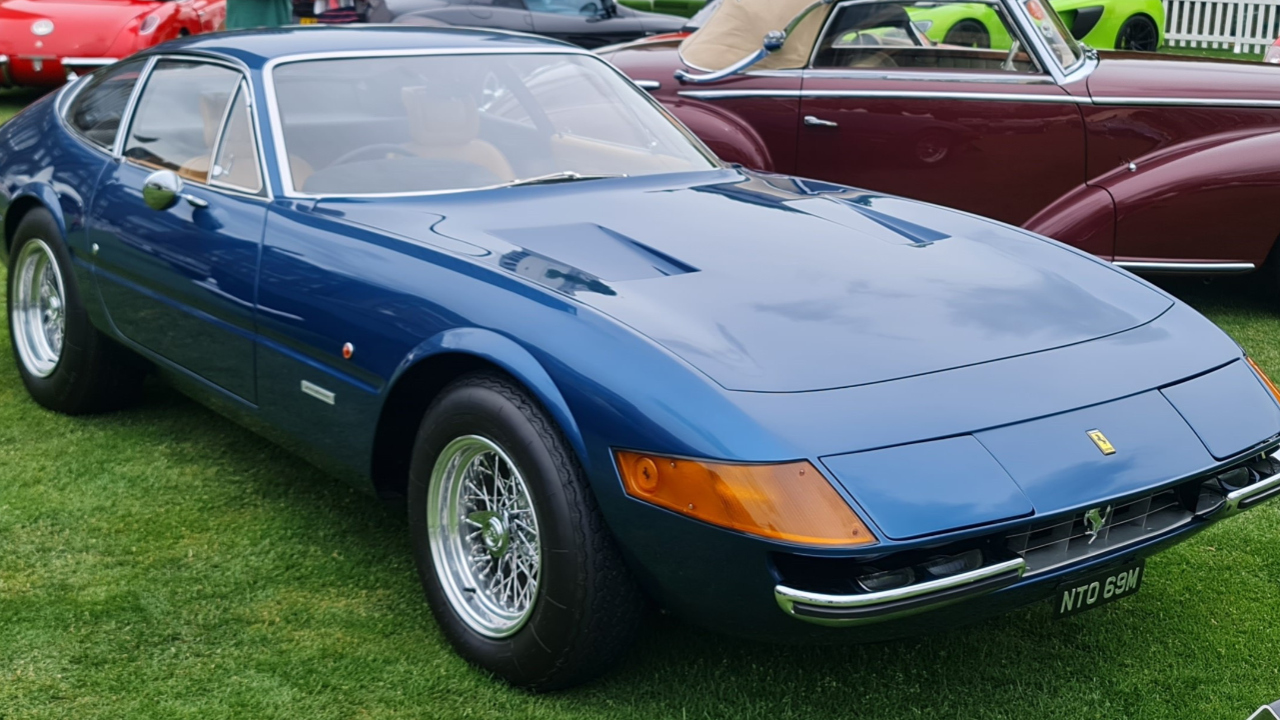
You probably know the Ferrari 365GTB4 by its much cooler nickname, the Daytona. But here’s the twist—Ferrari never officially called it that. The name was actually coined by fans and journalists as a nod to Ferrari’s iconic 1-2-3 finish at the 1967 Daytona 24-Hour race.
When the car debuted in 1968, Ferrari stuck to its typical naming convention and called it the 365GTB4. Not exactly catchy, right? The Daytona nickname caught on so strongly that it’s now the default, even though Ferrari never made it official. It’s one of those cases where the fans decided the legacy.
Ferrari’s Berlinetta Boxer Wasn’t a True Boxer
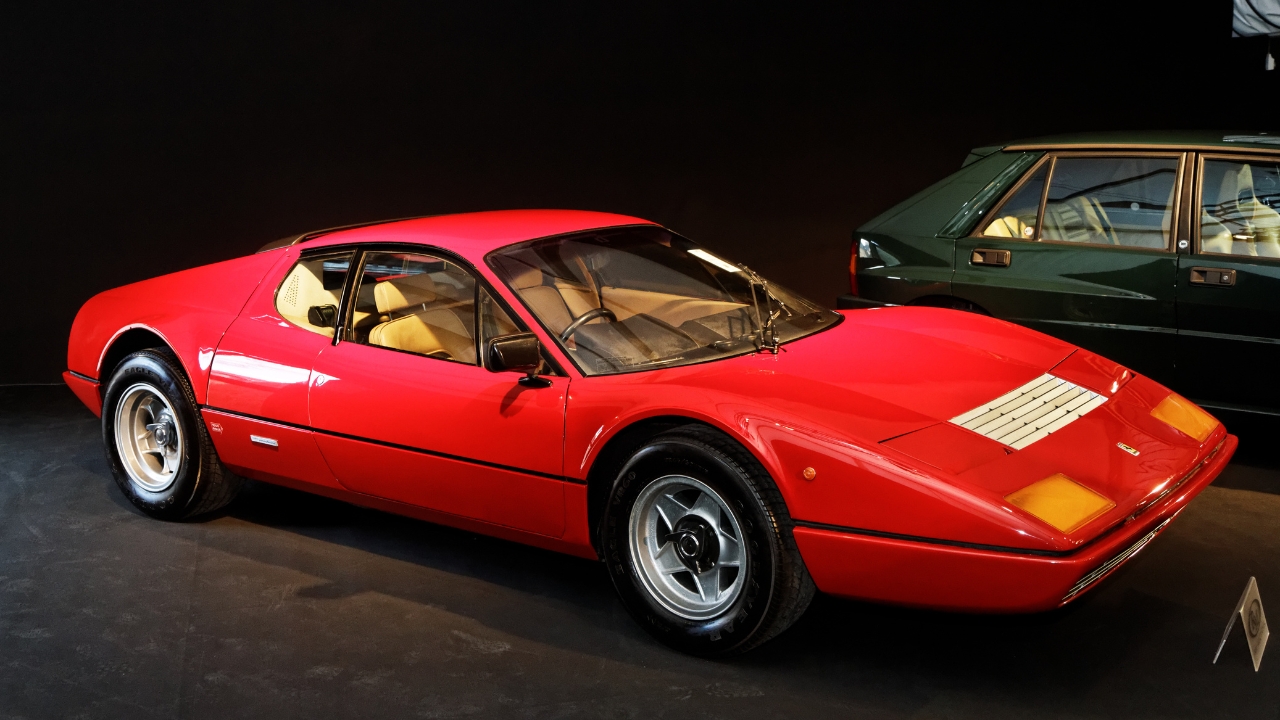
Let’s settle the confusion around the Ferrari Berlinetta Boxer. When Ferrari launched the 365GT4/BB, it was a big moment—it marked their first mid-engined supercar under the Ferrari badge. But that second “B” in BB, which suggests “boxer engine,” doesn’t mean what you might think.
What Ferrari used wasn’t a true boxer engine but a 180-degree V12. While it was flat like a boxer, the crankpins were shared between opposing cylinders, unlike a traditional boxer engine where each cylinder gets its own crankpin. It’s a technical distinction, but it’s what separates the BB from being a “true” boxer.
The Jaguar E-Type’s Speed Claims Were a Bit Overhyped
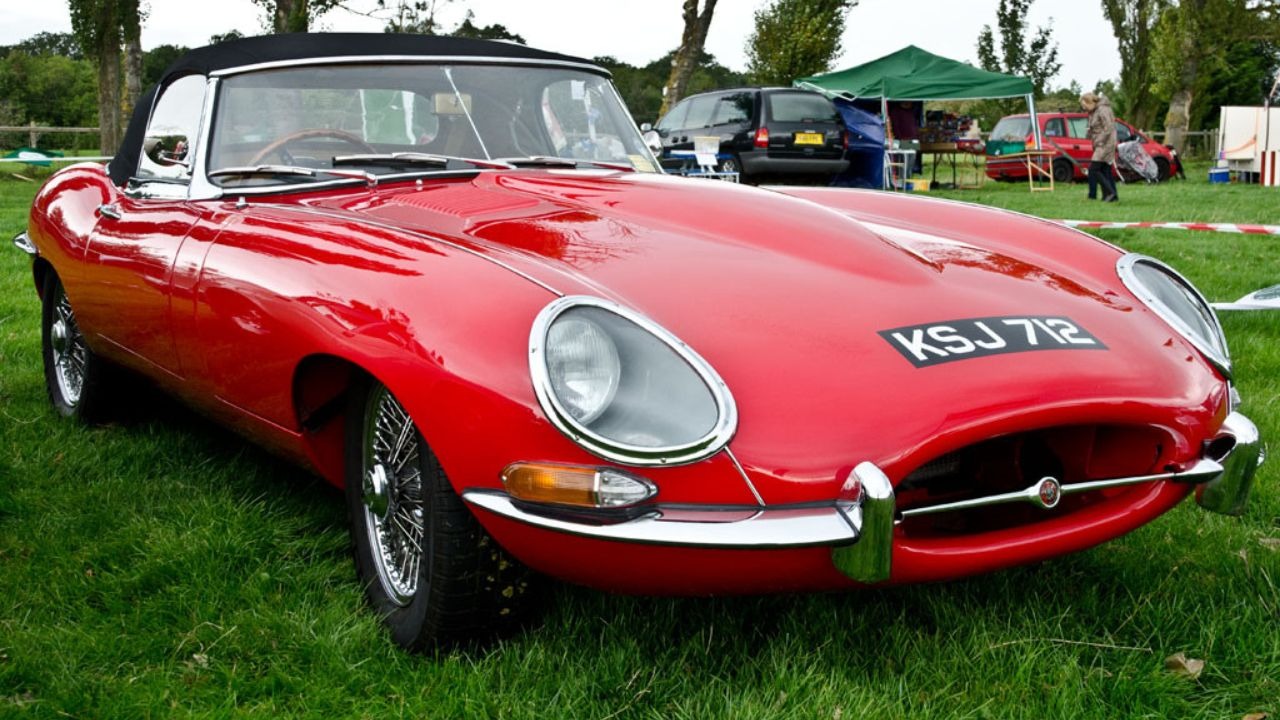
The Jaguar E-Type isn’t just famous for its beauty—it’s also known for that headline-grabbing 150mph top speed. Or is it? When Jaguar debuted the E-Type in 1961, they backed up the claim with an Autocar test on a Belgian motorway. But here’s the thing: most E-Types on the road weren’t hitting that magic number.
The test car that set the record wasn’t exactly off-the-lot stock. Rumors suggest it had a tuned engine and other tweaks to make sure it impressed during the test. While the E-Type was no slouch, its legendary speed might be more marketing than reality for most owners.
Not All Porsches Are Made in Germany

When you think Porsche, you probably picture precision engineering straight out of Germany. But the truth is, not all Porsches come from the Zuffenhausen plant. The brand’s history actually started in Austria, where the very first 356s were built. And over the years, Porsche’s production footprint has expanded far beyond its home turf.
Take the Porsche Boxster, for example. Many of these were assembled in Finland by Valmet Automotive. And the quirky Porsche 914? That one wasn’t even built by Porsche—it rolled off the production line at Karmann’s factory in Osnabrück. So, while Porsche will always be synonymous with Germany, not every model has German roots.
The Corvair’s Handling Wasn’t as Bad as People Think

The Chevrolet Corvair has lived in the shadow of Ralph Nader’s infamous book, Unsafe at Any Speed. Nader called out its swing-axle rear suspension and lack of a front anti-roll bar, labeling the early models as dangerously unstable. But was the Corvair really that bad? Not entirely.
Plenty of cars in the ’60s used similar swing-axle designs and shared the same handling quirks. By the time Nader’s book hit the shelves, Chevy had already addressed many of the issues with the second-generation Corvair, which handled much better. The Corvair’s reputation might have taken a hit, but the truth is, it wasn’t the uncontrollable beast some made it out to be.
The Audi Quattro Wasn’t the First Fast 4WD GT
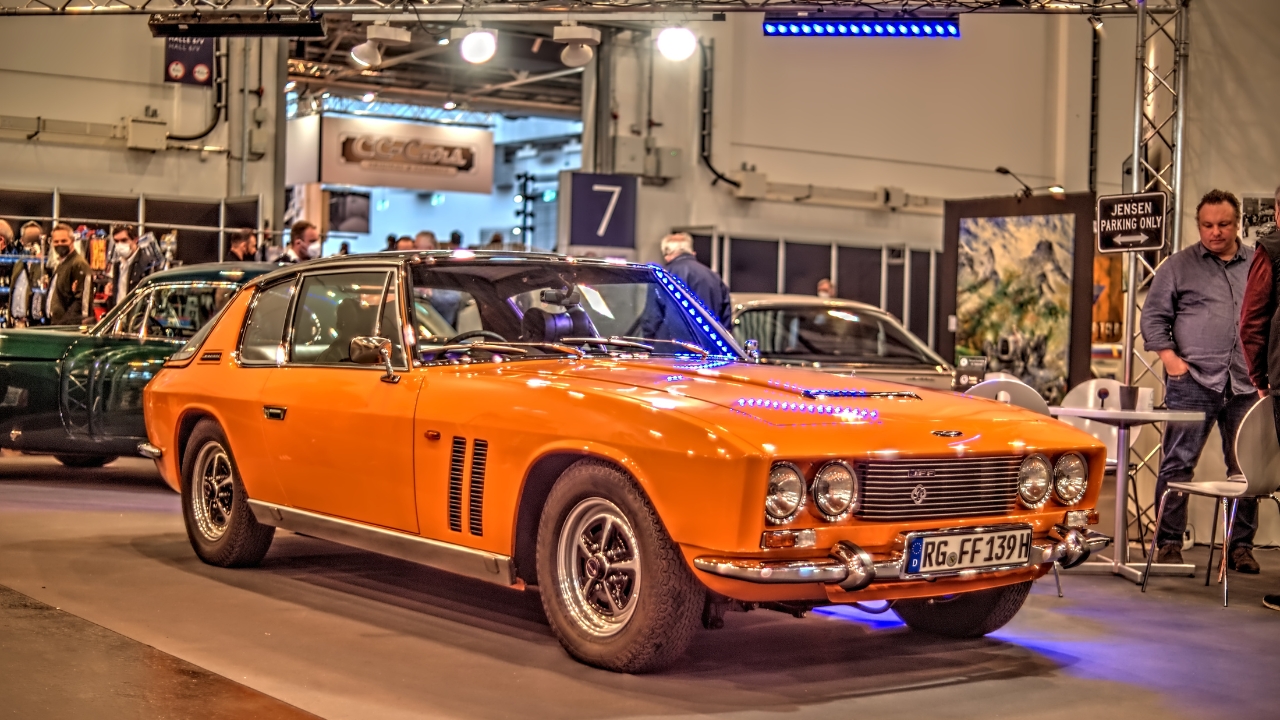
The Audi Quattro gets a lot of credit for being the first fast 4WD GT when it debuted in 1980, and to be fair, it did revolutionize the rally world. But it wasn’t the first car to combine speed and all-wheel drive. That honor goes to the Jensen FF, which hit the roads way back in 1966.
The FF wasn’t just a stylish version of the Jensen Interceptor; it came equipped with the Ferguson four-wheel-drive system. This innovation allowed it to handle the torque of Chrysler’s big-block V8 with ease, setting the stage for future performance cars like the Quattro. Audi may have popularized it, but the Jensen FF paved the way.
The Golf GTI Wasn’t the First Hot Hatch
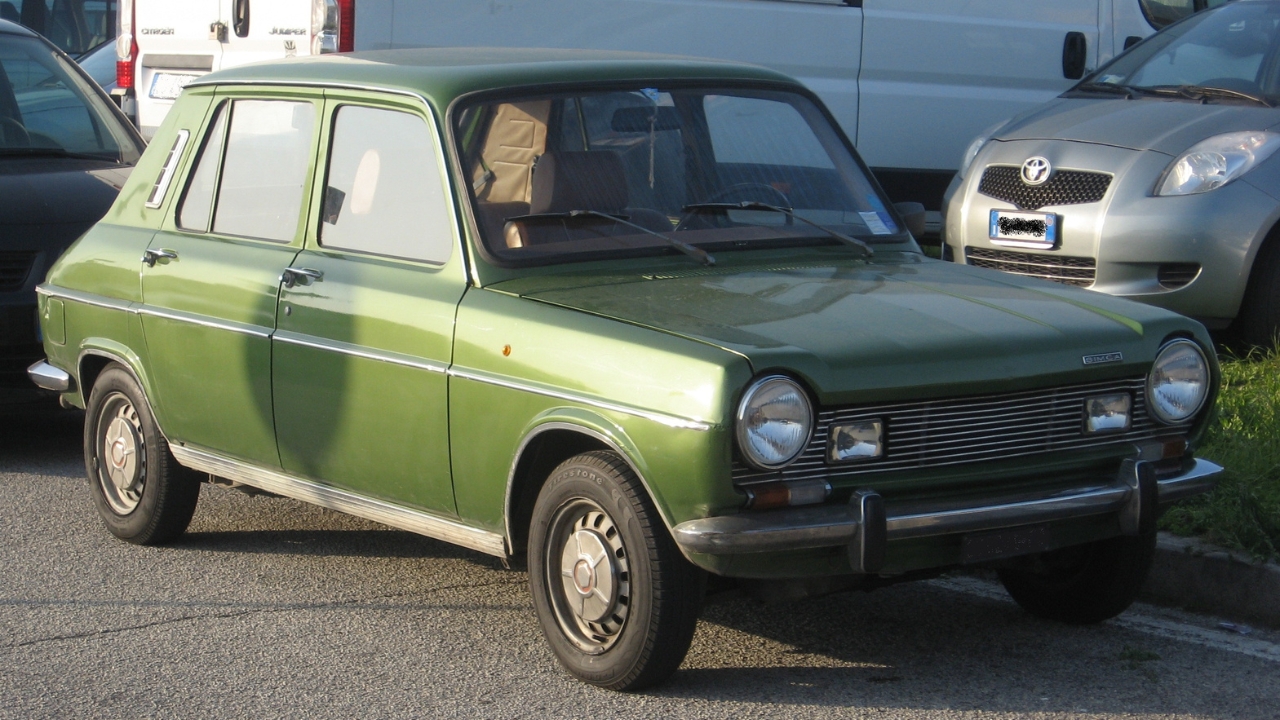
The VW Golf GTI from 1976 is often hailed as the original hot hatch, and while it certainly defined the category, it wasn’t the first. The idea of a sporty, performance-focused hatchback was already making waves before the GTI hit the scene.
In 1974, the Simca 1100 Ti brought a little spice to the hatchback world. And even before that, the Mini Cooper S had shown that small cars could deliver big thrills. The Golf GTI deserves its legendary status, but it wasn’t the first car to prove that hatchbacks could be both practical and fun to drive.
Like Fast Lane Only’s content? Be sure to follow us.
Here’s more from us:
*Created with AI assistance and editor review.

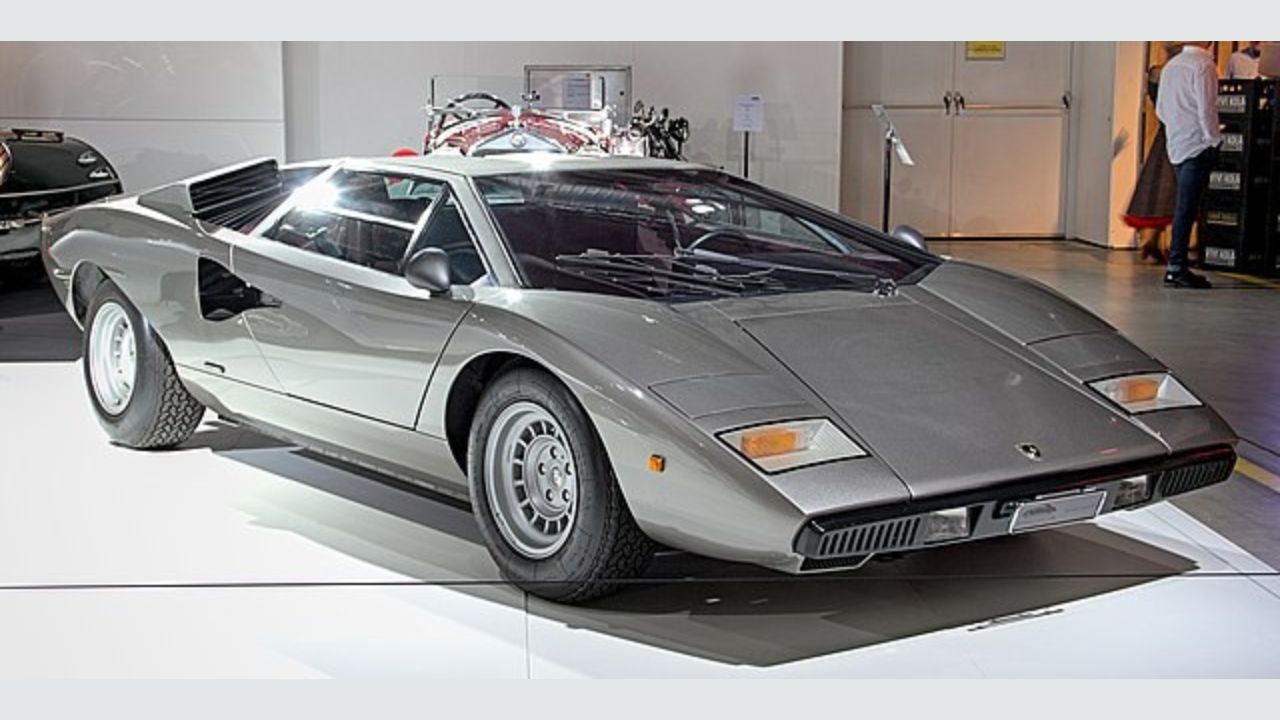
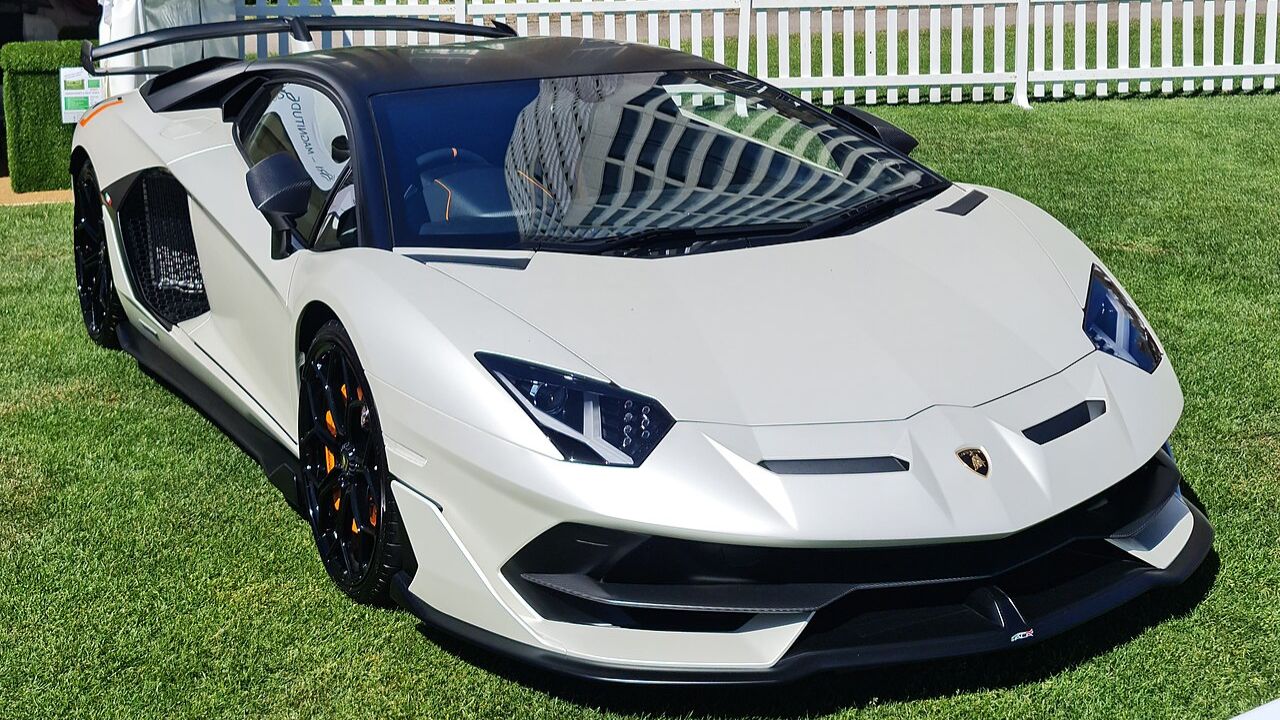
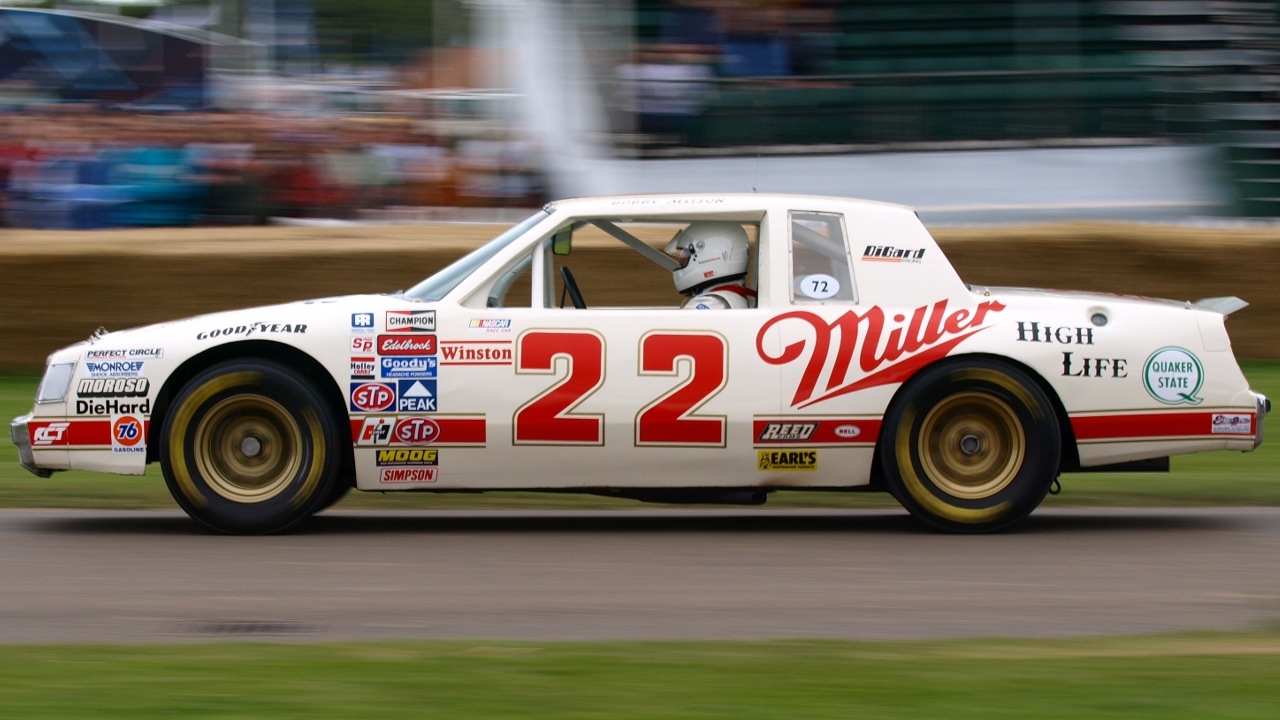
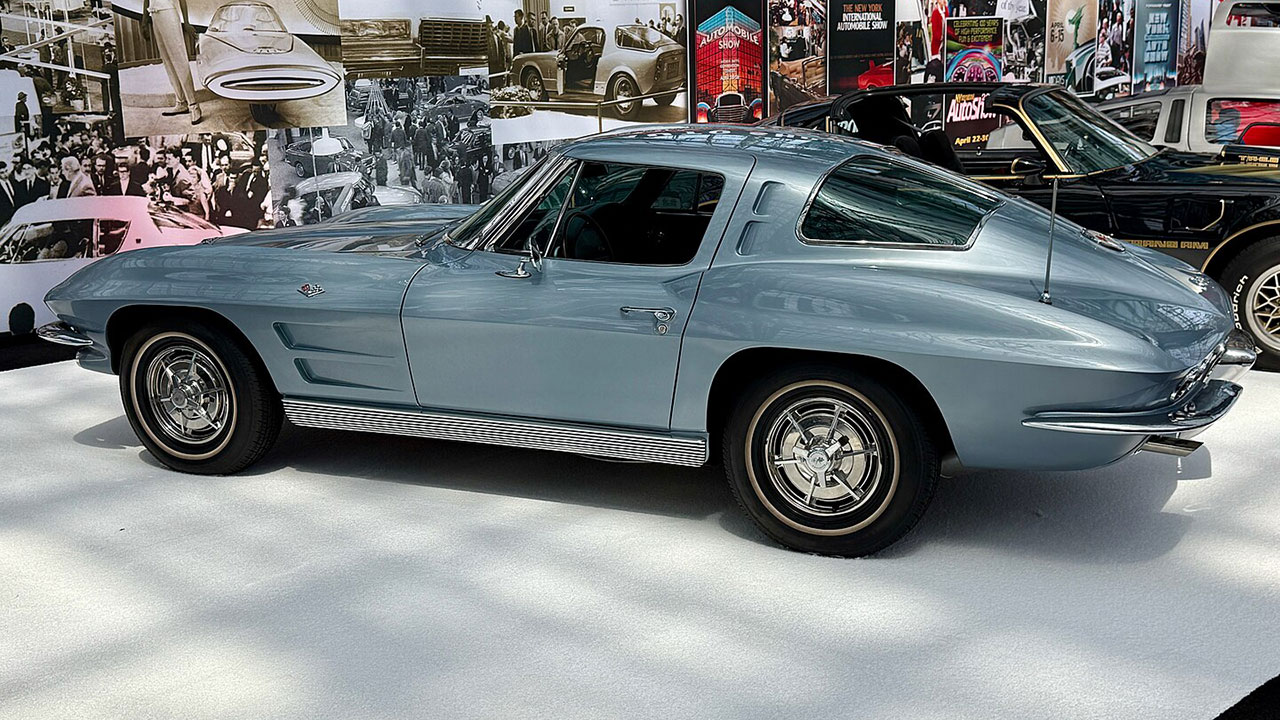
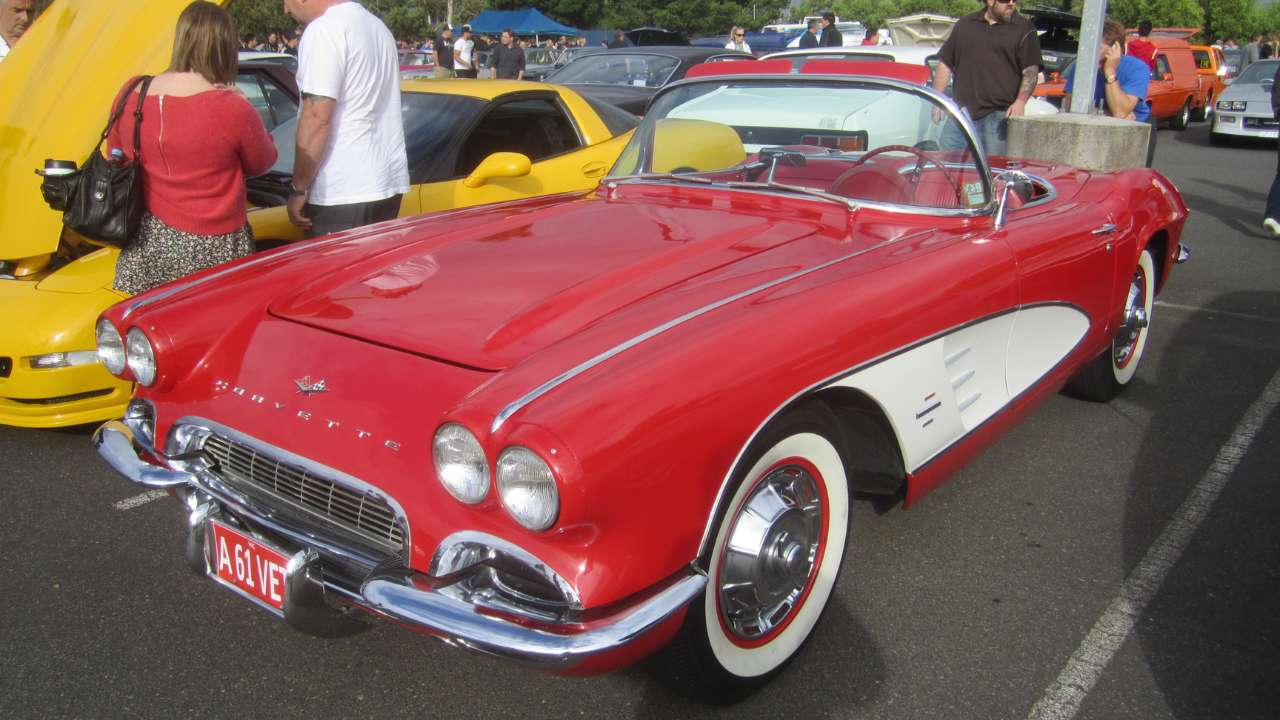
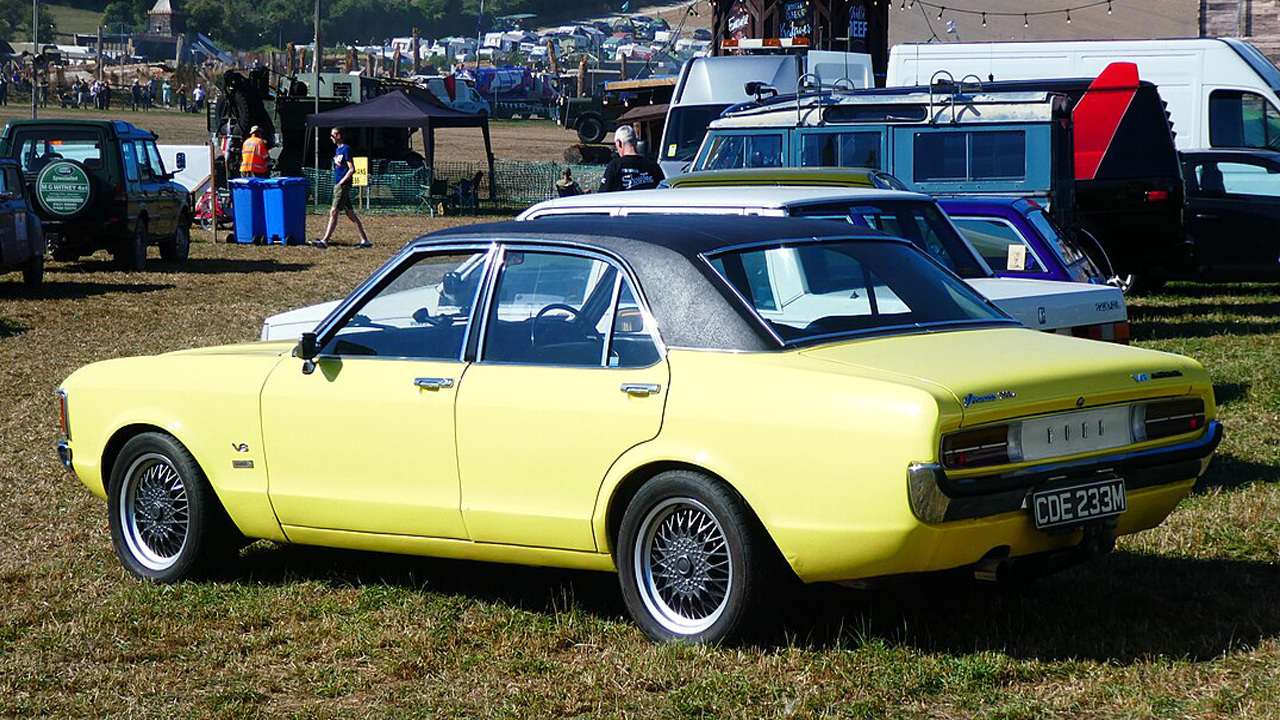
Leave a Reply